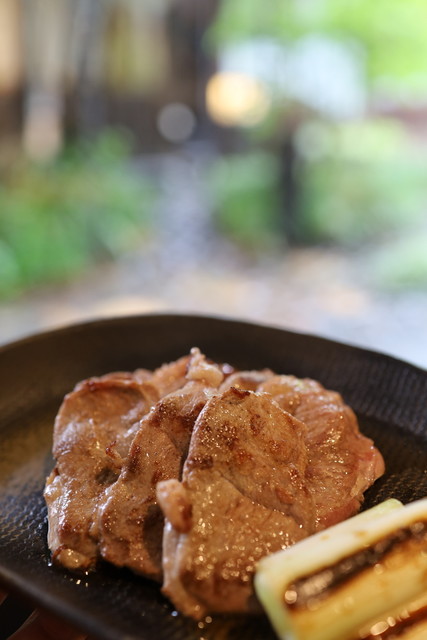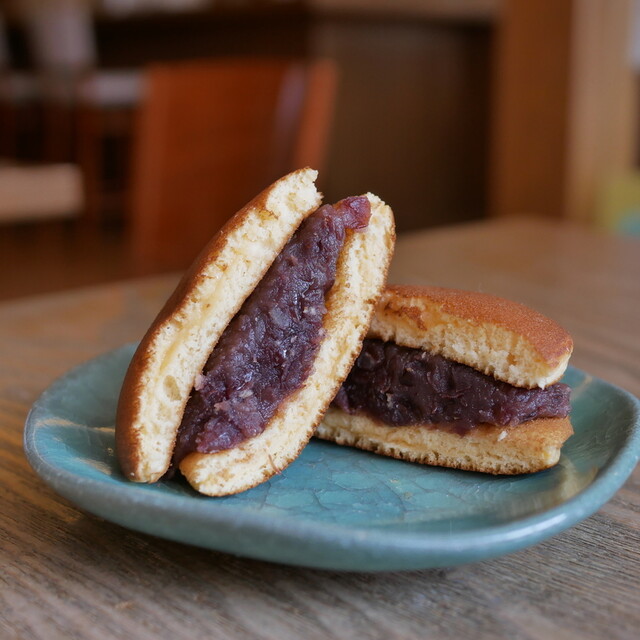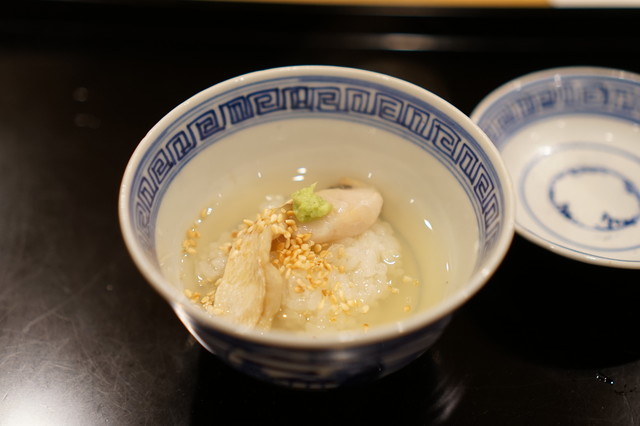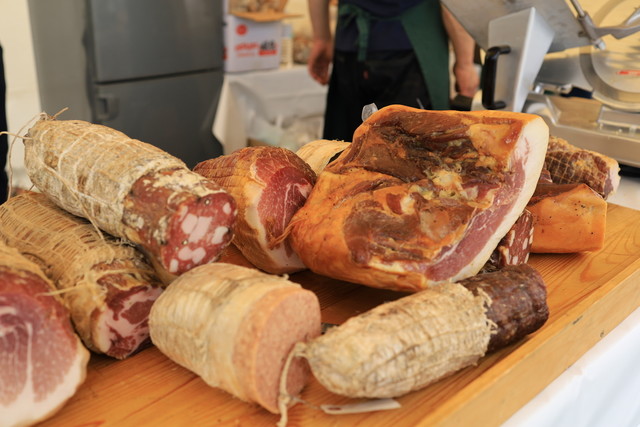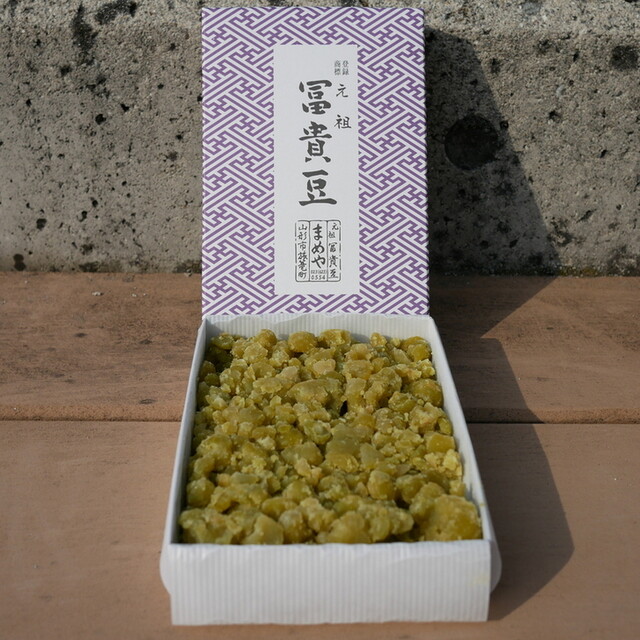
The clock tower at Bunshokan is a very historic structure and can be considered the symbol of Bunshokan. The clock tower of the former prefectural office building is the second oldest clock tower in Japan that is currently in operation, following the one in Sapporo. The height of the clock tower, from the foundation of the building to the base of the lightning rod on the tower, is about 25 meters. A large clock mechanism is installed on the top floor, and the pendulum that moves it is manually wound by a clockmaker once every five days. As a result, Bunshokan has been continuously ticking away time to this day. The clock face has a diameter of one meter and is shaped to face in four directions, allowing the time to be checked from any direction. Bunshokan also offers tours of the clock tower interior, allowing visitors to see inside. It's recommended to participate in this valuable experience and learn about the history and mechanism of the clock tower.
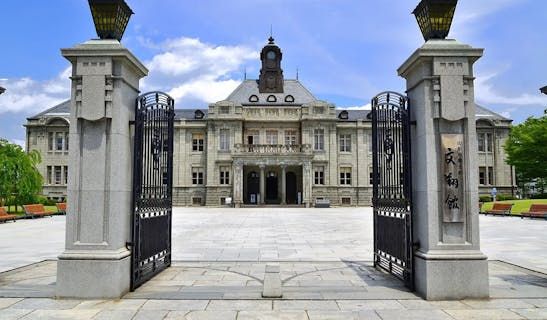






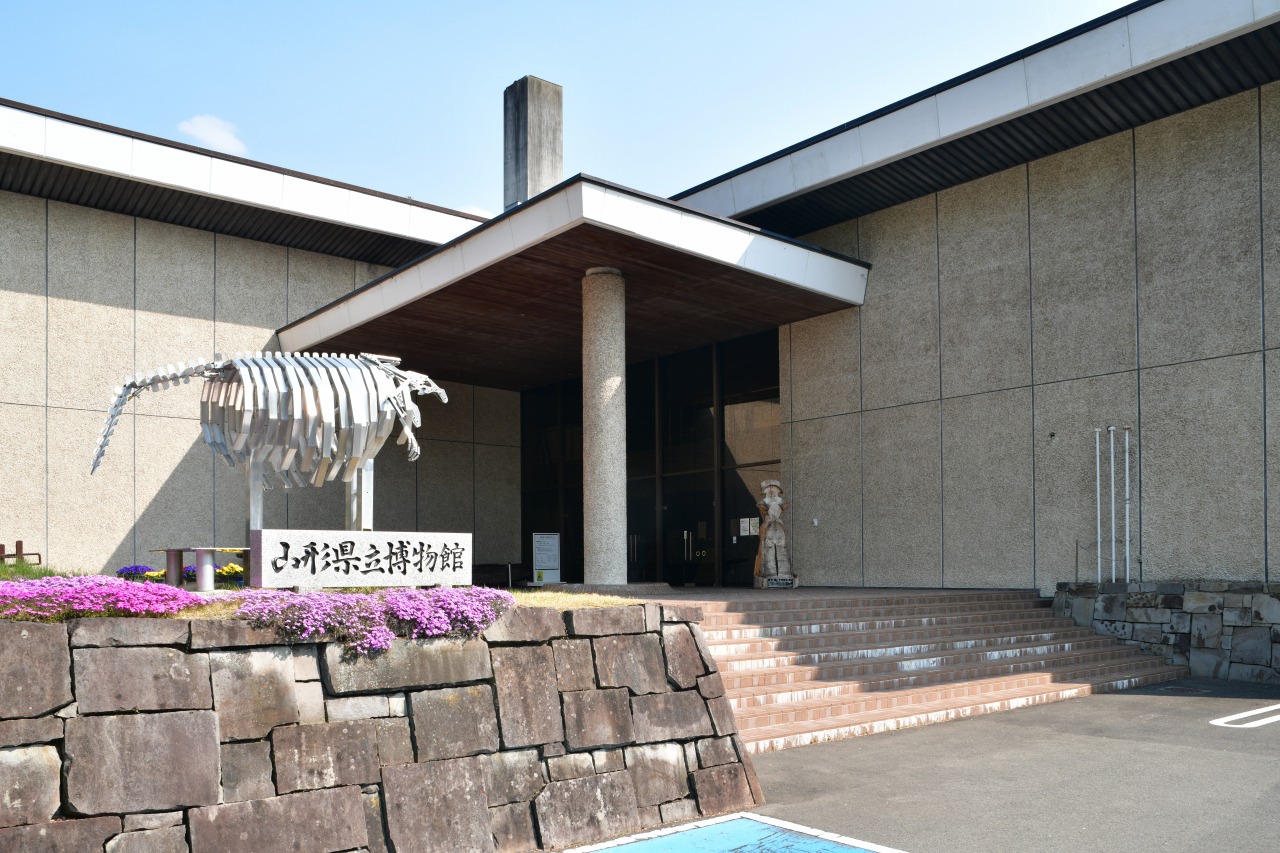






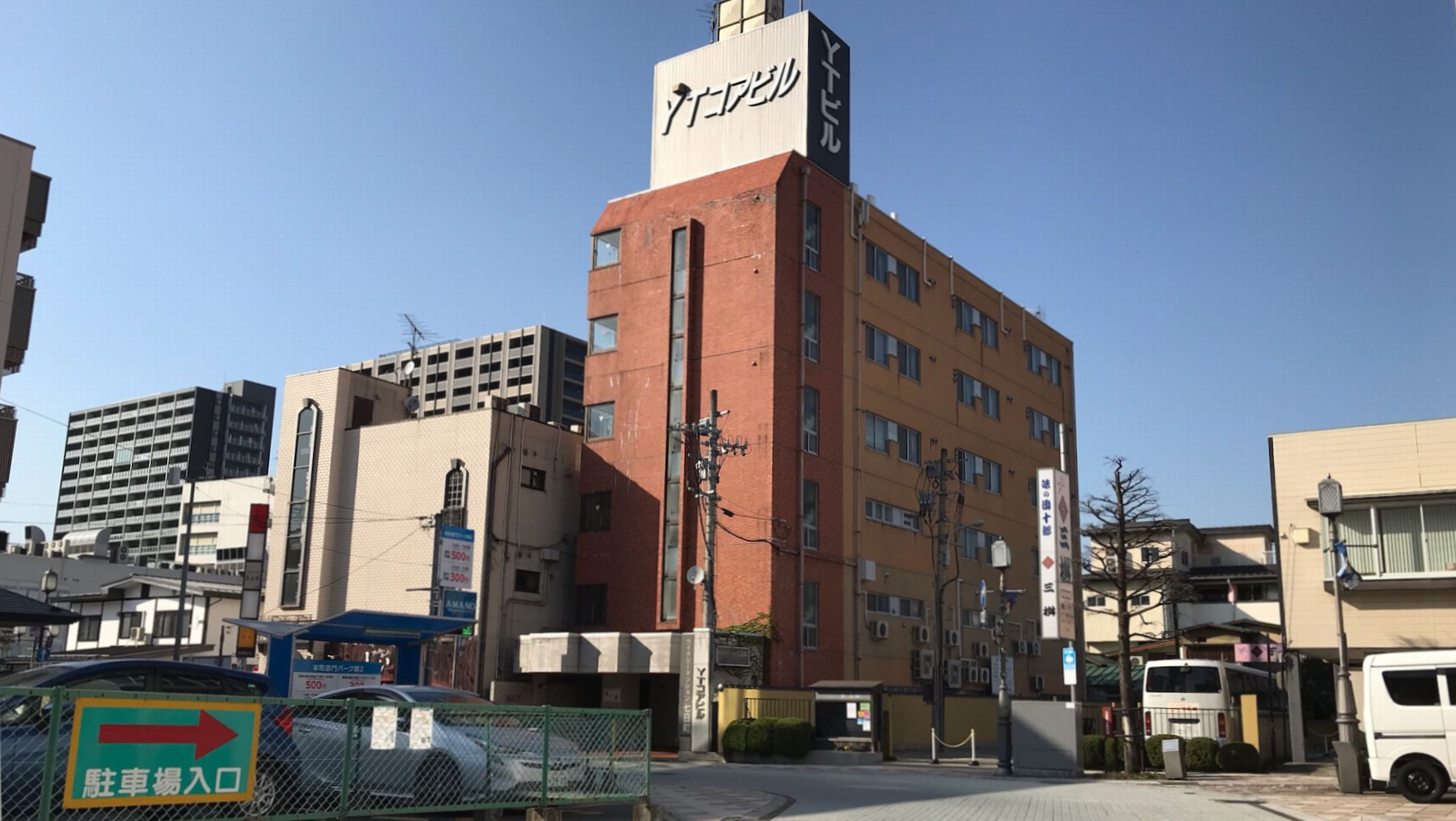









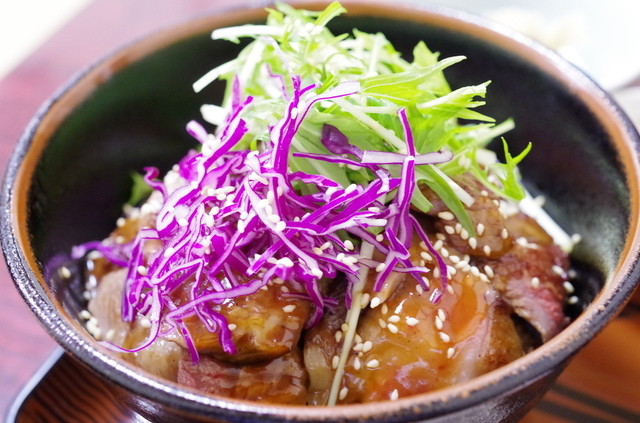
 ¥1,000~¥1,999
¥1,000~¥1,999
 ¥6,000~¥7,999
¥6,000~¥7,999
